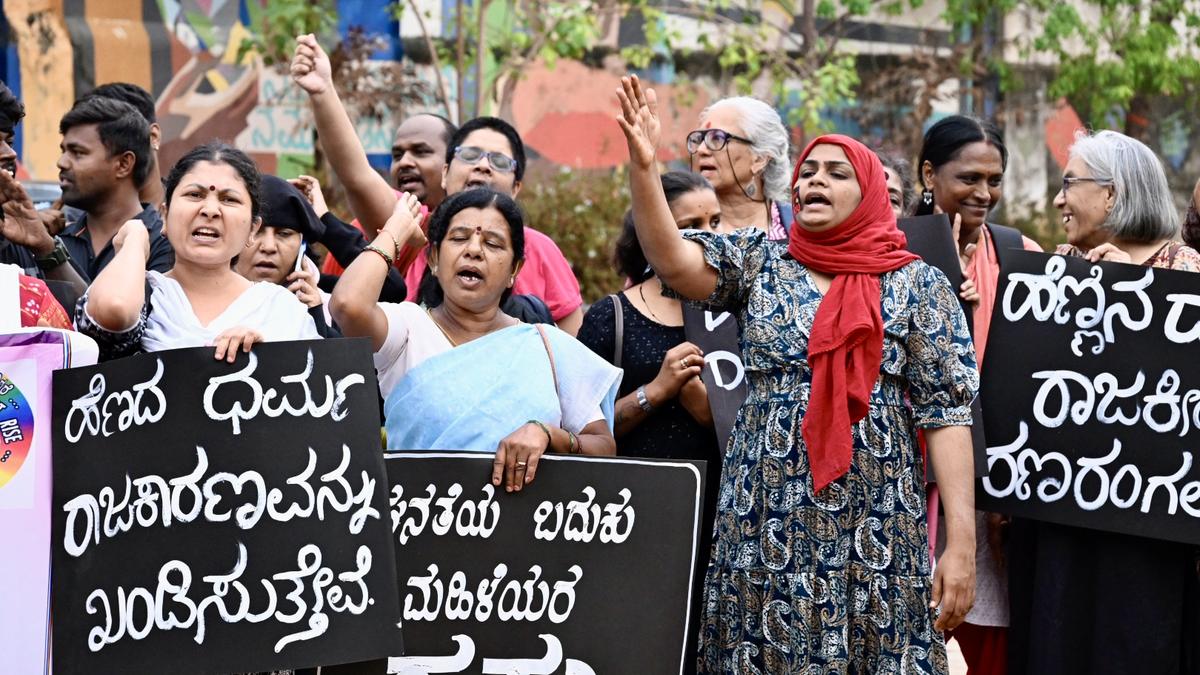The story so far: As the current Union government completes two terms, one of its flagship programmes was Housing For All (HfA) by 2022, both in urban and rural areas, planned under the PMAY (Pradhan Mantri Awas Yojana) scheme in 2015.
What is the PMAY scheme?
While the PMAY is a centrally sponsored scheme both the Union and the State governments are supposed to financially contribute to it. The declared objectives of the scheme included rehabilitation of slum dwellers with private developers’ participation; promotion of affordable housing for the weaker sections through Credit Linked Subsidy Schemes (CLSS); affordable housing in partnership with public and private sectors; and subsidy for Beneficiary-led Construction (BLC).
How has the scheme panned out?
Even though two more years have passed since the supposed completion of the scheme, HfA remains a distant reality. In August 2022, the government approved the continuation of the PMAY-Urban (PMAY-U) up to December 31, 2024, for the completion of already sanctioned houses till March 31, 2022.
Currently, according to the government’s estimates, there is a shortage of around 20 million houses in rural areas and three million in urban centres. However, these figures do not speak of the actual reality. Till 2023, the urban shortfall was more than 60 lakh houses. According to a study by the ICRIER, urban housing shortage increased by 54%, from 1.88 crore in 2012 to 2.9 crore in 2018. Thus, the PMAY-U has actually faltered. Even according to data from the PMAY dashboard (as of April 15), there is a shortfall of around 40 lakh houses from the sanctioned and completed segments. This means that the vertical that is supposed to meet the largest demand, called in-situ slum redevelopment (ISSR), has failed. According to a PIB press release, under the ISSR, which is the most pressing need in cities, only 2,10,552 houses have been sanctioned for eligible beneficiaries. According to another report by Newslaundry, the PMAY-U has only addressed a 25.15% of the housing shortage by delivering 80 lakh homes. Even if the remaining houses sanctioned are constructed by the end of 2024, it would have addressed just about 37% of the real need. Almost 2.4 crore households will still be without a roof.
The current housing programme which was a kind of merger of the Rajiv Awas Yojana into the PMAY has spent over $29 billion in the last five years providing support for both rural and urban low-cost housing. Despite this focus and budgetary infusion, “Housing for All” remains an unfulfilled promise.
What ailed the PMAY?
The scheme is euphoric in the participation of the private sector in bridging the gap of public investments in social housing. The current estimates suggest that in the Indian urban landscape around 40% (according to the World Bank, 49%) of the people are living in both designated and informal slums. Hence, the success of the PMAY was dependent on addressing the housing question in the slums.
In some of the projects where spaces occupied by the slum dwellers were handed to private players, the vertical growth of such settlements created more problems for the residents rather than addressing them. Take for example a multi-storey building with the recurring cost of water, electricity and sewerage utilities which at times went beyond the scope of residents’ expenditure. Building typologies and linear design with squeezed spaces dissuaded people from occupying such houses. Land was also a major issue. Land registered under airports, railways, forests, etc., was impossible for ISSR. Moreover, plans for ISSR were drawn up by consultants, without any role from the community.
Another major hurdle is the dichotomy existing between the city’s master plans and PMAY-U. Most of the cities’ plans are now being dictated by big consultants who favour large capital-intensive technological solutions. Take for example, the transit-oriented development models being advocated by the Delhi Development Authority in its 2041 master plan. It does not speak about social housing and states that this must come from market forces. In such a scenario, almost all verticals of PMAY fail.
It is worth noting that the Centre’s contribution to the overall investment expenditure under this scheme is just about 25%, or ₹2.03 lakh crore. The bulk of the money is shelled out by the beneficiary households themselves, that is 60% or ₹4.95 lakh crore. State governments (together with Urban Local Bodies) spend ₹1.33 lakh crore on the scheme as well. The architecture of PMAY does not address the landless and the poor. Around 62% of the houses sanctioned come under the BLC vertical where the government’s role is limited to just cost sharing with the beneficiaries. CLSS beneficiaries are supposed to be 21%. In both the above, the government has a limited role with just the provision for providing interest subsidy, whereas land is owned by the beneficiaries. Slum-dwelling families that are to be rehabilitated under ISSR make up just about 2.5% of the total beneficiaries.
The writer is former deputy Mayor, Shimla, and Member, Kerala Urban Commission.

 1 week ago
113
1 week ago
113




